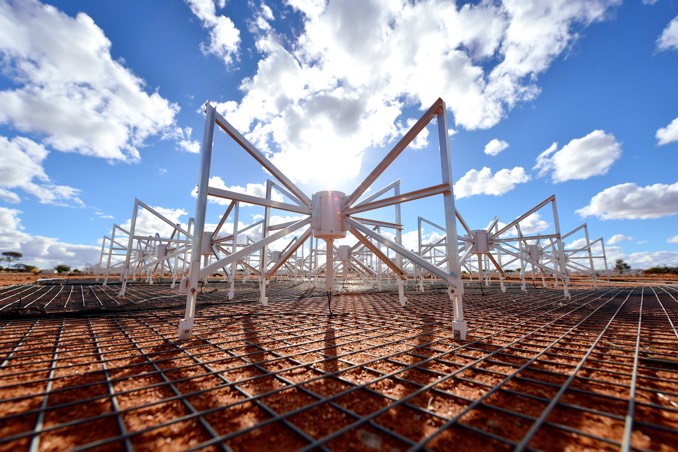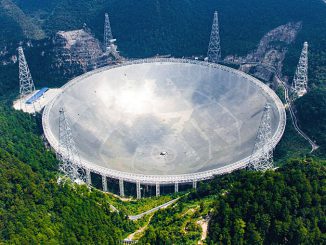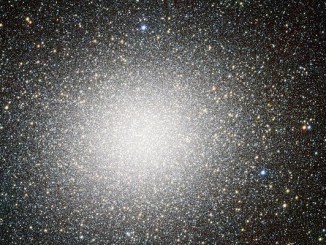
Astronomers using the Murchison Widefield Array radio telescope in Australia surveyed a patch of sky around the constellation Vela known to include at least 10 million stars, on the lookout for radio emissions that could indicate the presence of one or more technological civilisations.
The result?
“We found no technosignatures – no sign of intelligent life,” said Chenoa Tremblay, a researcher with Australia’s Commonwealth Scientific and Industrial Research Organisation, or CSIRO.
Tremblay and Steven Tingay, from the Curtin University node of the International Centre for Radio Astronomy Research, or ICRAR, used the MWA to observe the sky around Vela for 17 hours, a survey they said was more than 100 times broader and deeper than any previous study.
The MWA’s wide field of view allowed the researchers to observe millions of stars at the same time, looking for powerful emissions at frequencies similar to FM radio.
Even though they did not find any such emissions, “the amount of space we looked at was the equivalent of trying to find something in the Earth’s oceans but only searching a volume of water equivalent to a large backyard swimming pool,” said Tingay.
“Since we can’t really assume how possible alien civilisations might utilise technology, we need to search in many different ways,” he said. “Although there is a long way to go in the search for extraterrestrial intelligence, telescopes such as the MWA will continue to push the limits. We have to keep looking.”
The findings are reported in Publications of the Astronomical Society of Australia.



